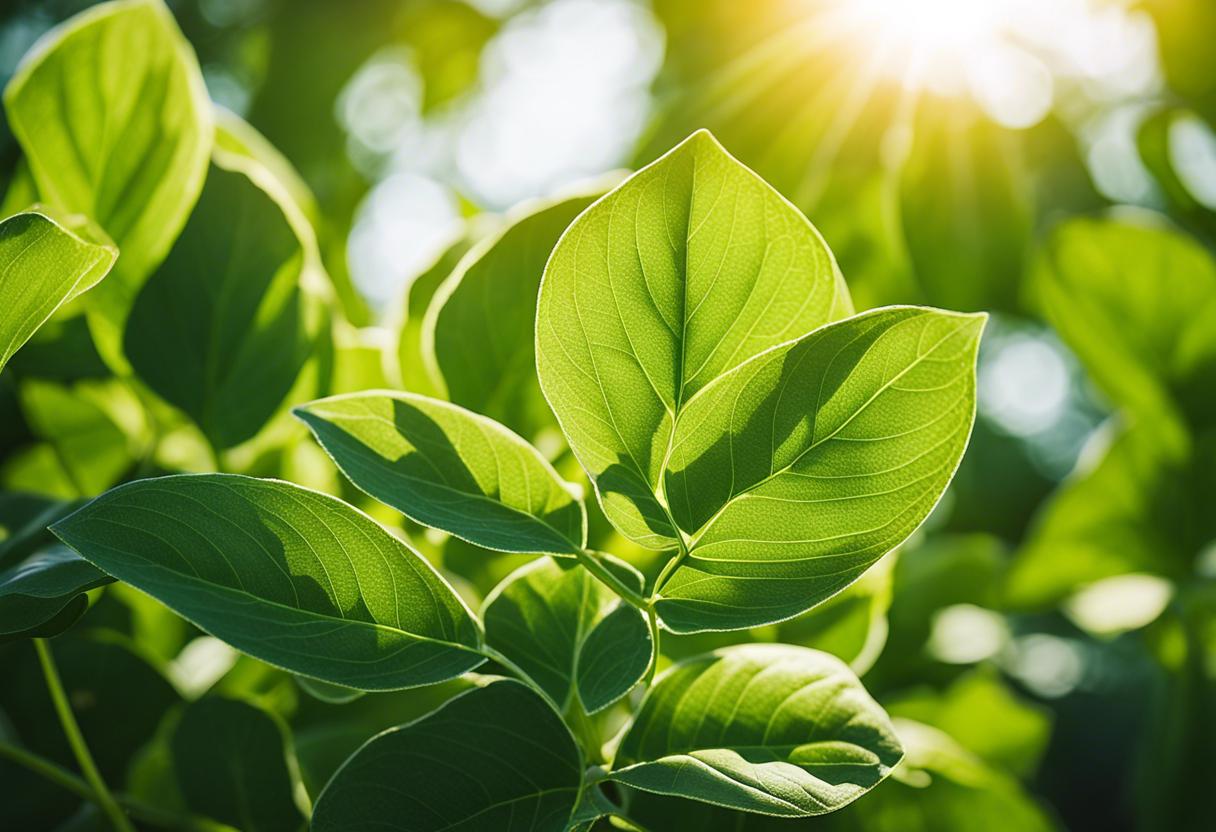Q: In January, while doing some garden cleaning, I noticed some odd-looking purple lumps on my purple Berberis. Could you perhaps identify what these are and inform me if they pose any risk to the neighbouring purple acer palmatum? CO’D, Co Meath
A: Upon encountering peculiar growths on our beloved plants, it’s only natural to presume the worst. However, rest assured that these unusual purple lumps do not present any danger to your acer tree. They are a type of fungus, often referred to as Jelly Ear, Dead Man’s Ear or Judas’s Ear, due to their unique resemblance to a human ear. Their scientific name is Auricularia auricula-judae.
Typically, this fungus settles on decaying branches of trees such as elder, ash, beech, birch and sycamore. In Ireland, it’s quite common to spot their uniquely shaped red-purple reproductive organs throughout the year, with higher occurrences in the autumn-winter period, particularly in wet and mild years.
Around the globe, certain regions like China appreciate Jelly Ear as a culinary delight, also known as ‘wood ears’. It has a rich history relating to herbal medicine usage. For instance, the British herbalist John Gerard suggested its use as a treatment for sore throats via boiling the gelatinous growths in milk, which I advise against trying at home.
While the Jelly Ear fungus as such does not harm your plants, its presence on your berberis suggests the existence of dead or decaying branches. This is a symptom that the deciduous shrub might be experiencing some distress. There could be a variety of reasons why even large and established plants sometimes fall ill – it might be old age, a poor growing condition or possibly, disease-causing pathogens such as verticillium and honey fungus.
I would recommend inspecting your berberis plant meticulously, casting out any dead or near-death branches with a clean, razor-sharp secateurs, or a pruning saw. Indicators of a deceased branch might be brittleness, brown timber, lack of new buds and no green visible when the bark’s exterior is scratched. For safety, it’s prudent to place any pruned matter in a bag and burn it, followed by a thorough cleaning of your gardening tools. Afterward, any overgrown weeds should be cleared from the plant’s base and a slight amount of slow-release organic manure applied to the soil. This should be accompanied by a scoop or two of powdered seaweed, due to its excellent anti-fungal, antibacterial, and plant-vitality-boosting properties, concluded with a 5cm-thick compost layer.
Your berberis may not be faring well due to its plantation conditions, as Jelly Ear usually thrives in damp, sheltered circumstances. Although this type of aesthetically pleasing deciduous shrub is generally resilient, preferring a broad array of conditions, they typically thrive best in full sunlight or partial shade, and soil that is moist but well-drained. Japanese acers are shade-liking plants that don’t appreciate full sun but do prefer a similar kind of moist yet well-drained soil. Therefore, given the extreme rainfall over the prior year, I’d propose investigating whether the soil is struggling with winter water logging sporadically, which may instigate shrub decline and disease. If this seems to be a persistent issue, the soil can be ameliorated by applying compost regularly and introducing a reliable land drainage system.

